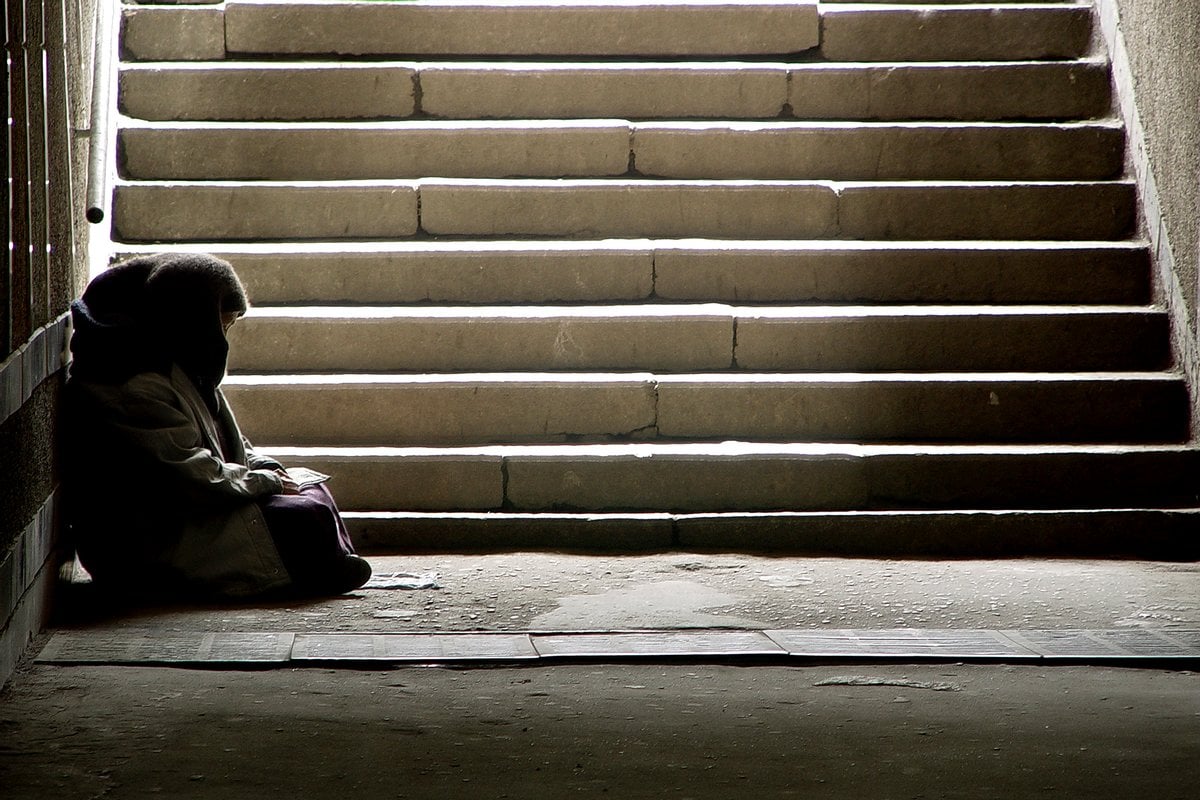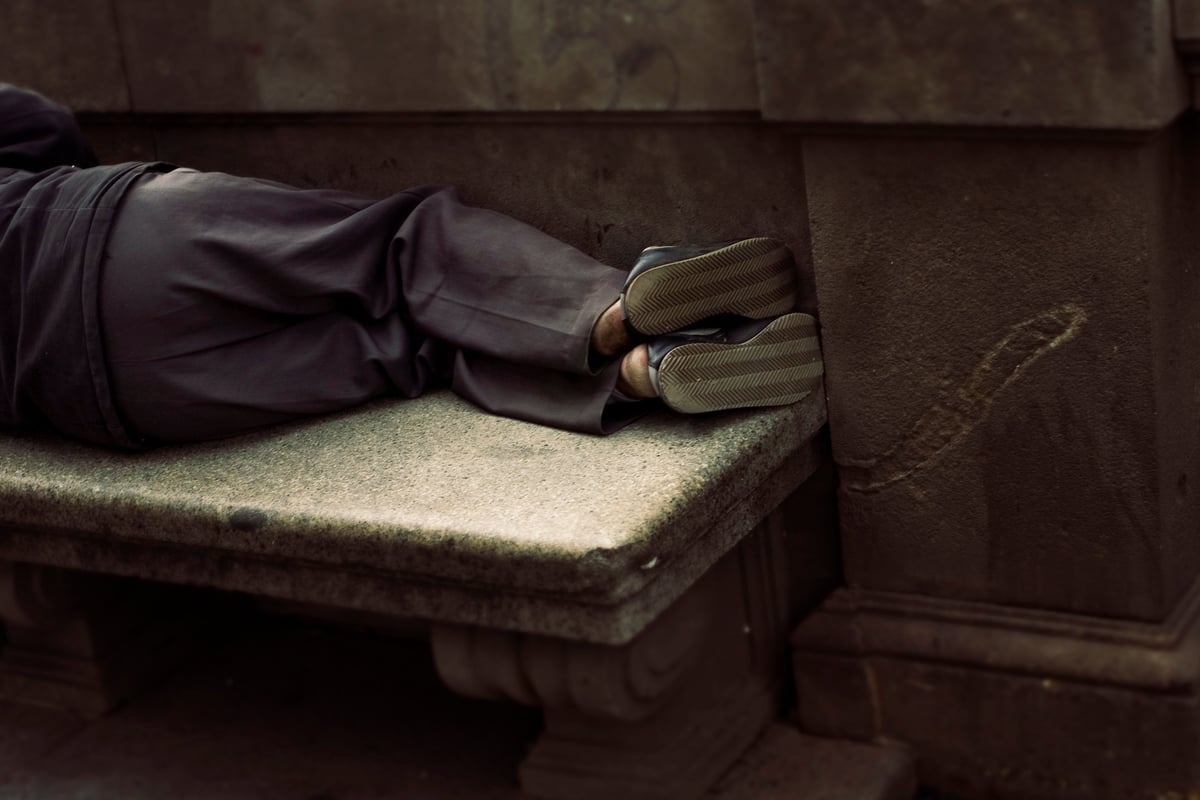
By Vivienne Skinner, University of Technology Sydney and Phillippa Carnemolla, University of Technology Sydney
Australia’s six-month moratorium on evictions is due to end soon. Some states have extended the moratorium, but when it ends that’s likely to force even more Australians into housing insecurity and outright homelessness. The moral and health arguments for housing people are clear, but many people are unaware of the financial cost we all bear for not fixing homelessness.
Social commentator Malcolm Gladwell wrote a piece, Million-Dollar Murray, for The New Yorker in 2006. It’s the story of two Nevada police officers who spent much of their day dealing with homeless people such as six-foot-tall ex-marine and chronic alcoholic Murray. They regularly picked up Murray and drove him to hospital, drying-out clinics, the police lock-up and mental health facilities.
His bills were so legendary the policemen worked out, based on his health care alone, it would have been cheaper to house him in a hotel with his own private nurse. When not drunk, Murray was a charming, smart, talented chef. By the time he died of intestinal bleeding, they calculated the cost of Murray’s homelessness over a decade was US$1 million.
Those two Nevada policemen did something that is rarely done anywhere – they calculated (OK, roughly) the cost to the taxpayer of one man’s homelessness. And, in doing so, they showed, as Gladwell pointed out: "The kind of money it would take to solve the homeless problem could well be less than the kind of money it took to ignore it."

